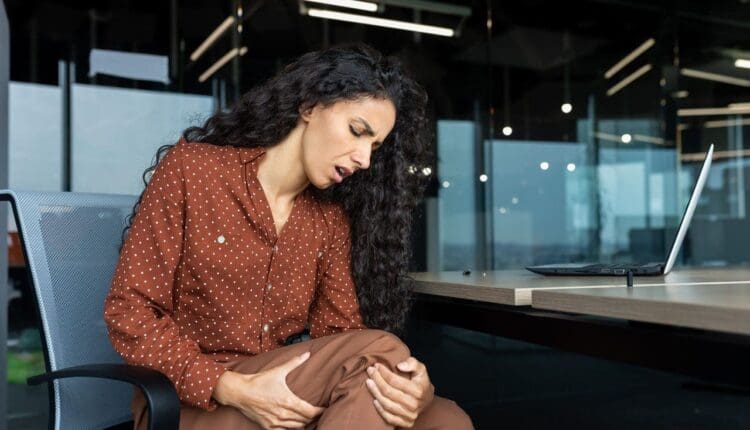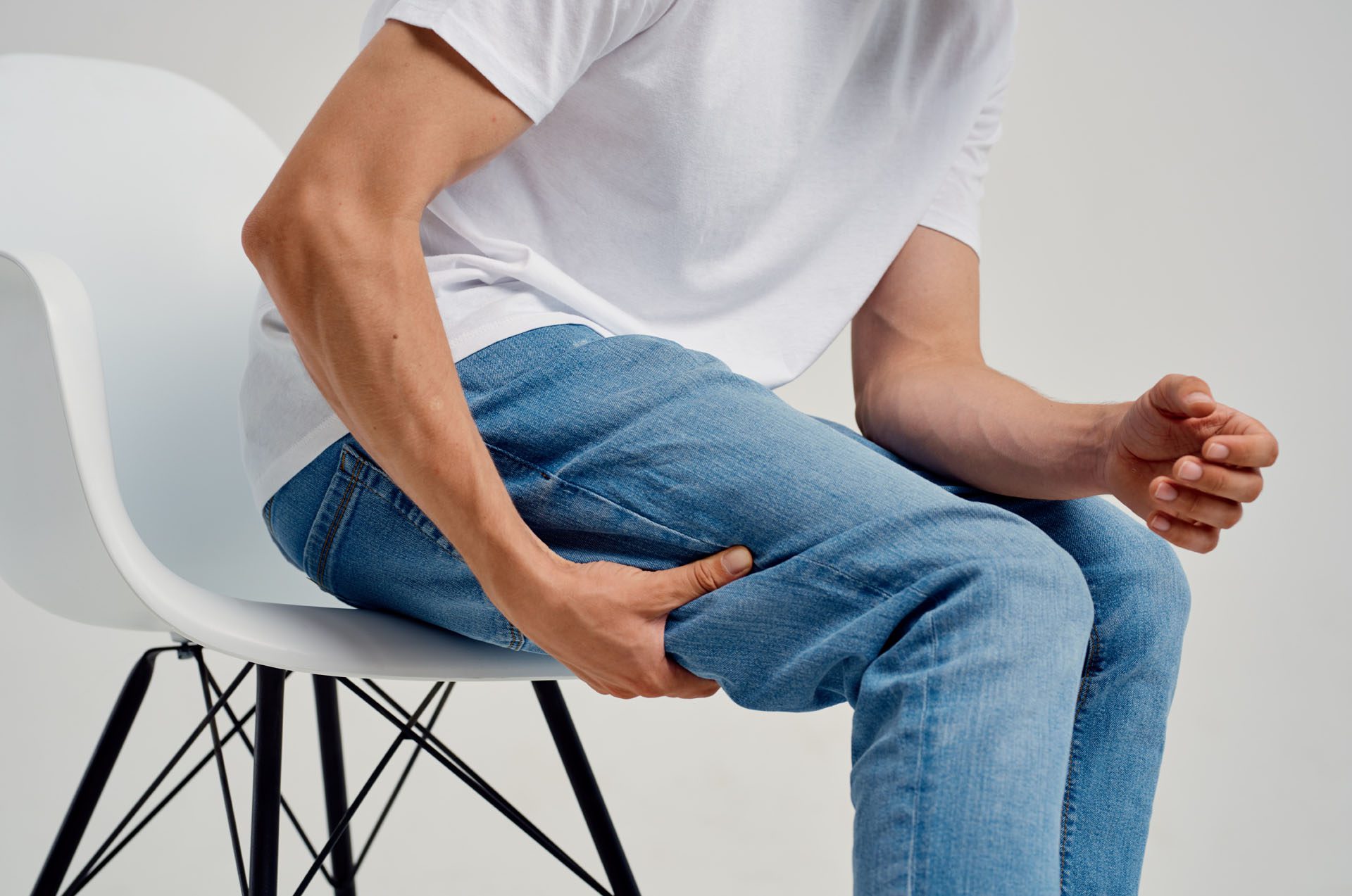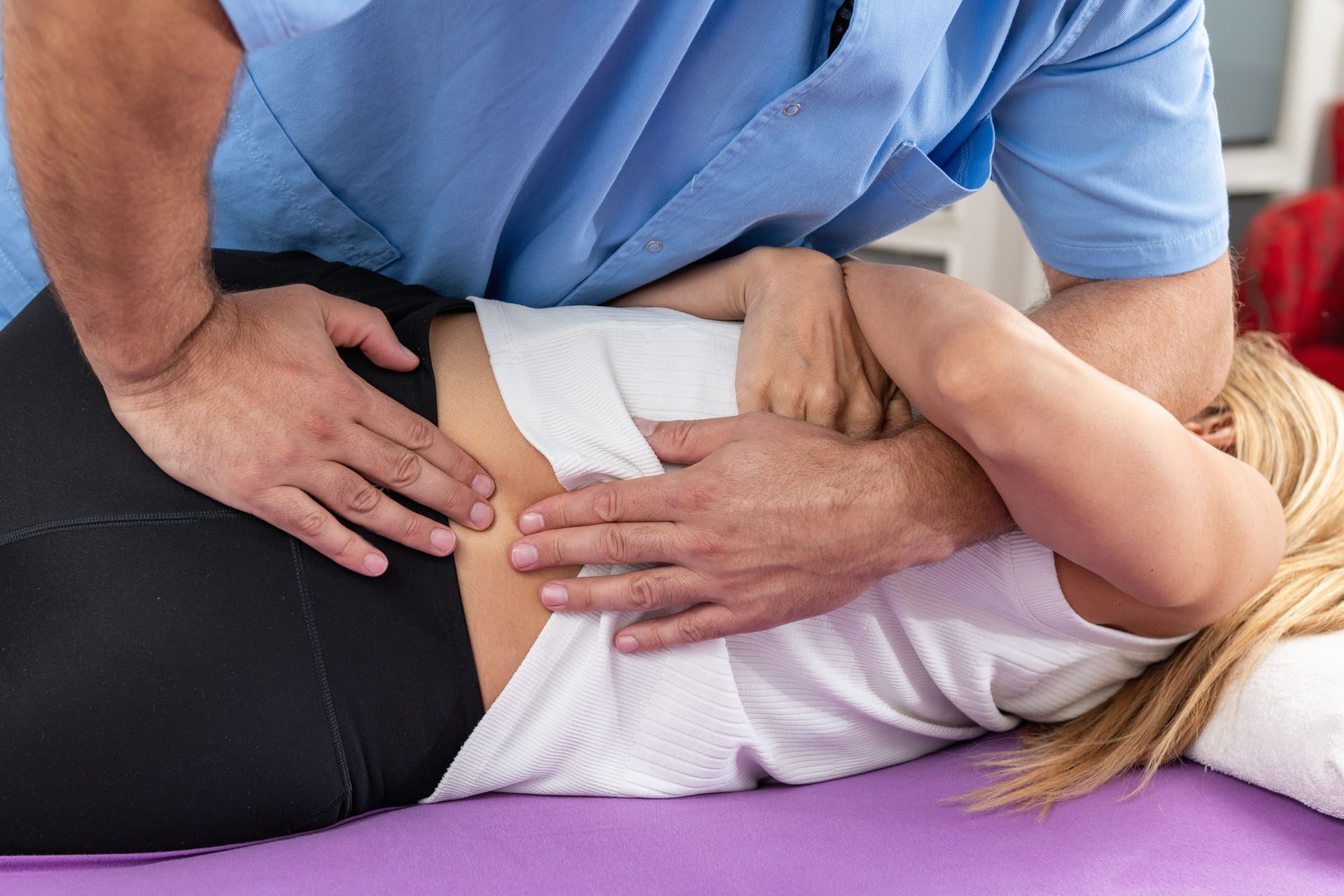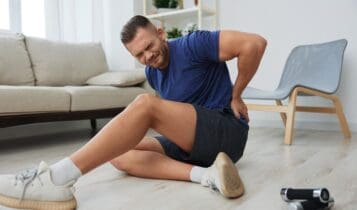Leg Cramp Causes Explained: Your Guide
Can understanding how leg cramps feel, their causes, and prevention help individuals with treatment options?

Leg Cramp Causes
A leg cramp is an involuntary contraction of the muscles in the leg, typically the calf muscle. It causes a sudden, sharp, and painful tightening of the muscle. They commonly occur from
- Dehydration
- Muscle overexertion
- They can be a symptom of an underlying health condition, such as type 2 diabetes or kidney failure.
- They can also be a side effect of certain medications.
Sensation
Leg cramps typically cause sudden, severe pain in the affected muscle. Individuals may also feel a hard knot or twitching of the muscle. The calf muscles are the most common site. (Harvard Health Publishing, 2024)
Causes
The underlying cause of leg cramps isn’t always known. However, work, lifestyle factors, and medical conditions can play a role. Common causes include:
- Muscle fatigue from overuse
- Electrolyte imbalances (e.g., potassium, magnesium)
- Dehydration
- Poor circulation
- Nerve damage
- Certain medications (e.g., statins, diuretics)
Lifestyle Risk Factors
Certain lifestyle factors and other physical characteristics can increase the risk of leg cramps and can include: (Harvard Health Publishing, 2024) (National Library of Medicine, 2020)
- Age (those 60 and over are affected more often than younger individuals)
- Exercising in a hot environment
- Exercising for extended periods
- Obesity
- Pregnancy
Medical Factors
Leg cramps are also associated with certain medical conditions and treatments for illness. Examples include: (Maughan R. J. & Shirreffs S. M. 2019) (Garrison, S. R. et al., 2020)
- Pinched nerves in the lower back
- Decreased blood circulation in the legs
- Spinal cord injury
- Certain medications (such as statins and diuretics)
- Allergies
- Gastrointestinal disease (digestive tract disorders)
- Cardiovascular disease
- Liver failure
- Cancer
- Dialysis – treatment to remove excess fluid from the blood when kidneys fail.
- Respiratory diseases of the lungs and airways
- Amyotrophic lateral sclerosis (ALS, or Lou Gehrig’s disease, a neurological condition affecting the brain, nerves, and muscles)
Self-Care
Leg cramps often go away on their own after a few minutes. However, other self-care can help. Recommendations: (Harvard Health Publishing, 2024)
Change Body Positions
- Moving can help relieve tension and pain.
- If the leg cramps happen at night, stand up and take a few steps.
Massage
- Gently rubbing the cramped muscle can help it relax.
Stretch
- Stretching the cramping muscle can help it relax.
Apply Heat
- If the leg cramp lasts more than a few minutes, apply a heating pad or take a warm shower to increase blood circulation to and around the muscle to help it relax.
Treatment
There are no medications specifically for treating leg cramps. However, if symptoms are caused by another medical condition, treating the underlying condition might help reduce cramp frequency. Dehydration or low electrolytes can cause leg cramps; in these cases, drinking water or electrolyte-infused beverages can help. If cramps are related to overexercising, consider reducing the intensity of your activity or exercising in a cooler environment. (Maughan R. J. & Shirreffs S. M. 2019) Magnesium supplements are usually marketed to relieve muscle cramps; they are not proven to alleviate them. (Garrison, S. R. et al., 2020)
Exercises and Stretches
Knowing which muscle to target when stretching the leg is important. If the cramp does not resolve after the first stretch attempt, try again.
Hamstring Muscle
Pain in the back of the thigh. Here’s how to stretch the hamstrings (American Academy of Orthopaedic Surgeons, 2018)
- Lie on your back.
- Bend both knees and rest your feet on the ground or mattress if the cramp occurs at night.
- On the leg that is cramping, bring the knee toward your chest.
- Interlock the fingers behind your knee.
- Slowly straighten the knee and pull your leg toward your head until you feel a stretching sensation along the back of the thigh.
- Hold for 30 to 60 seconds.
Calf Muscle
The calf muscle is the most common for leg cramps. To stretch the calf muscle (American Academy of Orthopaedic Surgeons, 2018)
- Stand facing a wall.
- Place palms flat against the wall at shoulder height.
- Step the cramping leg away from the wall around 12 to 18 inches.
- Keep your heels flat on the floor.
- Keeping the back leg straight, bend the front knee slowly and lean forward until you feel a stretch along the calf.
- Hold for 30 to 60 seconds.
Prevention
They can’t always be prevented. However, if they are related to dehydration or other lifestyle factors, individuals may be able to prevent them from occurring or decrease the frequency. Try the following: (Harvard Health Publishing, 2024)
- Drink plenty of water.
- Stretch the leg muscles before you go to bed.
- Try drinking a beverage with electrolytes for longer workouts or activities in hot weather.
- Warm up before exercise, such as with a slow jog, before getting into more intense exercises.
- Properly cool down after a workout.
- Stretch the leg muscles before and after exercising.
- Maintain a healthy body weight.
Contact a Healthcare Provider
Leg cramps can sometimes signify something more serious than a Charley horse. See a healthcare provider if any of the following symptoms present (National Library of Medicine, 2020)
- Change in skin color, including redness or a deeper tone than normal
- Cramps that last more than a few minutes or occur frequently
- Muscle weakness
- Severe pain from the cramps
- Swelling
- Warm skin
Injury Medical Chiropractic & Functional Medicine Clinic
Talk to a healthcare provider about leg cramps to learn what interventions would help the most. Injury Medical Chiropractic and Functional Medicine Clinic works with primary healthcare providers and specialists to develop an optimal health and wellness solution. We focus on what works for you to relieve pain, restore function, and prevent injury. Regarding musculoskeletal pain, specialists like chiropractors, acupuncturists, and massage therapists can help mitigate the pain through spinal adjustments that help the body realign itself. They can also work with other medical professionals to integrate a treatment plan to resolve musculoskeletal issues.
Is Motion Key to Healing?
References
Harvard Health Publishing. (2024). How to get rid of muscle cramps in your legs. https://www.health.harvard.edu/pain/how-to-get-rid-of-muscle-cramps-in-your-legs
National Library of Medicine. (2020). Muscle cramps. Retrieved from https://medlineplus.gov/musclecramps.html
Maughan, R. J., & Shirreffs, S. M. (2019). Muscle Cramping During Exercise: Causes, Solutions, and Questions Remaining. Sports Medicine (Auckland, N.Z.), 49(Suppl 2), 115–124. https://doi.org/10.1007/s40279-019-01162-1
Garrison, S. R., Korownyk, C. S., Kolber, M. R., Allan, G. M., Musini, V. M., Sekhon, R. K., & Dugré, N. (2020). Magnesium for skeletal muscle cramps. The Cochrane database of systematic reviews, 9(9), CD009402. https://doi.org/10.1002/14651858.CD009402.pub3
American Academy of Orthopaedic Surgeons. (2018). Knee conditioning program. https://orthoinfo.aaos.org/en/recovery/knee-conditioning-program/



